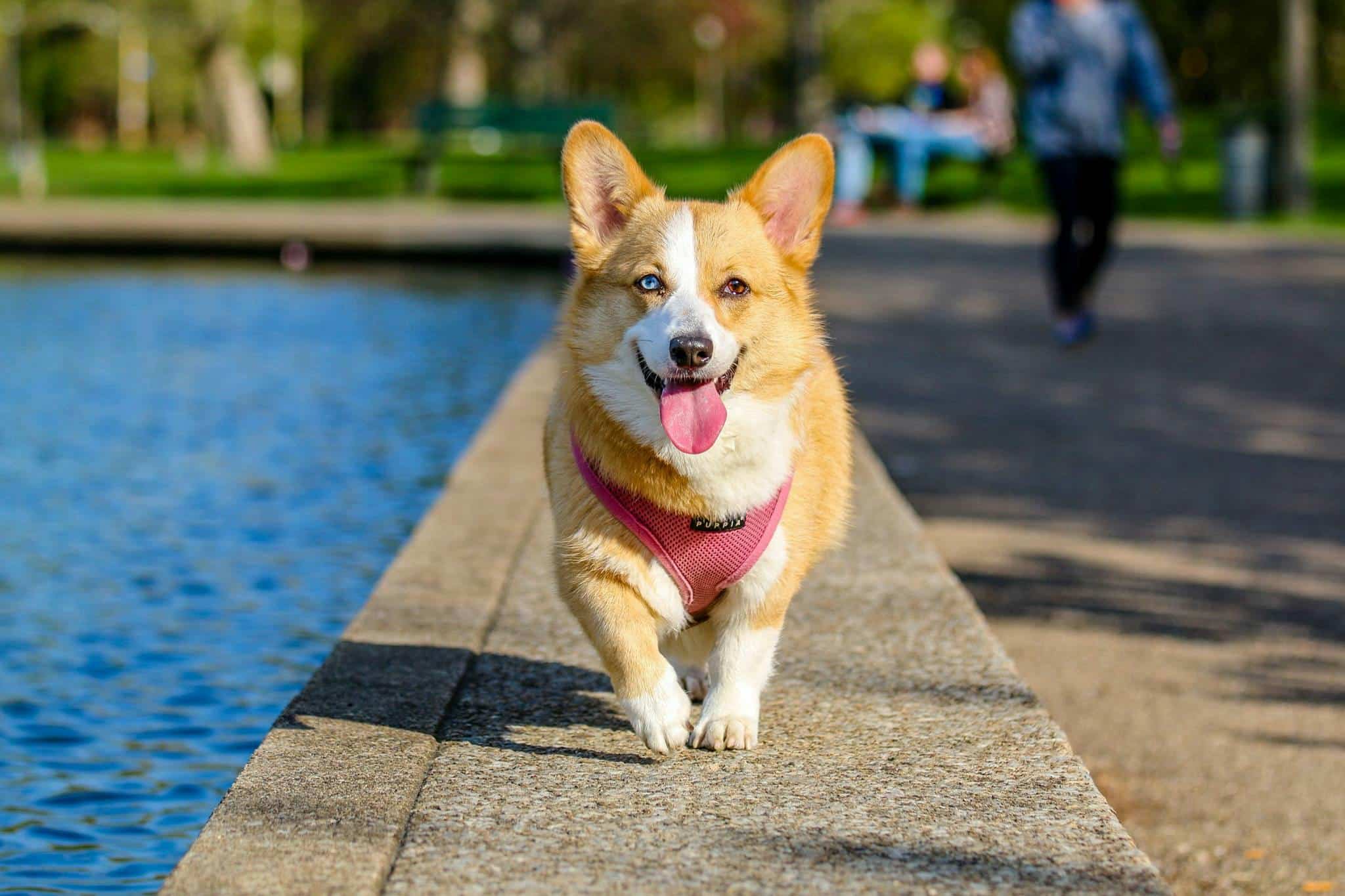How to Train a Deaf Dog Using Sign Language Commands?

Training a dog can be a challenging task, but imagine the extra difficulty when the dog lacks the ability to hear your commands. Deaf dogs, however, are as intelligent and trainable as their hearing counterparts. They just require a different approach in teaching: using sign language commands. This article will guide you through the process of training your deaf dog using hand signals and cues, demonstrating the adaptability of both you and your furry friend.
Understanding Deaf Dogs and Their Training Needs
Before we delve into the methods of training a deaf dog, it’s vital to understand their needs and behavior. A dog’s hearing is one of their most developed senses, so when a dog is deaf, it relies more heavily on its other senses to navigate the world. Deaf dogs are often more visually attentive, keen on body language, and responsive to vibrations or changes in light or air pressure.
Also read : Is It Safe to Keep a Koi Pond in a Garden Accessible by Cats?
When training a deaf dog, it’s crucial to leverage these heightened senses. We will use visual cues and hand signals, akin to human sign language, to communicate commands. This requires patience and consistency, as dogs will need time to learn and associate these signals with specific actions.
Teaching Basic Commands Using American Sign Language (ASL)
The first step in teaching your deaf dog commands is deciding on the signals you will use. American Sign Language (ASL) is a common choice as it’s a well-documented and widely understood system, and there are signs that easily correspond to common dog commands.
Also read : What’s the Best Way to Introduce an Elderly Cat to a Puppy?
To teach your dog to sit, for example, hold your flat hand, palm up, and move it upwards. Make sure to accompany this signal with the action. This means that every time you use the sign, gently push your dog’s hindquarters down into a sitting position. Over time, your dog will associate the sign with the action.
Reinforcement: The Key to Effective Training
No training will be effective without reinforcement, and for deaf dogs, this will come in the form of visual praise and treats. Dogs, regardless of their hearing ability, are motivated by rewards. Using a specific hand signal for "good" or "yes" will assure your dog that it has performed the correct behavior. A thumbs-up sign is generally effective for this.
When your dog correctly follows a command, give them a thumbs-up and immediately reward them with a treat. The reward should be given in a timely manner so the dog will understand that the reward relates to its behavior. Be consistent in using your chosen signals, and ensure your dog sees each signal clearly.
Training with Visual Cues Beyond ASL
While ASL is a great starting point, you may also want to create your own signs or use visual cues that make sense to you and your dog. For instance, waving your hand could be a command for your dog to come to you.
One important cue to teach your deaf dog is a signal for them to check in with you. This sign should be something that’s easy to execute but distinct from other hand signals. Ideally, when the dog sees this sign, they will look at you for further instructions. This keeps them focused on you during training sessions.
Overcoming Challenges in Training Deaf Dogs
Training a deaf dog is not without its difficulties. The inability to call your dog or get its attention from a distance can be frustrating. Investing in a vibration collar can help with this. These collars vibrate to get your dog’s attention, but they are not to be confused with shock collars, which can be harmful.
Remember, patience is key when training a deaf dog. There will be setbacks, and progress may be slower than training a hearing dog. However, the reward of having a well-trained, attentive, and obedient dog will be worth the effort.
Training a deaf dog can be a rewarding experience, fostering a unique bond between you and your dog. As with any training, it is a process and may take time for your dog to learn the signs and signals. But with patience, consistency, and lots of treats and praise, you will be able to communicate effectively with your dog, ensuring they live a safe and happy life. So, grab your treat bag and start signing. Your dog is ready to learn.
The Role of Positive Reinforcement in Deaf Dog Training
Positive reinforcement plays a pivotal role in training a deaf dog. As with any other dog, a deaf dog will respond better to training exercises when they are rewarded for their good behavior. This reward often comes in the form of a treat, but it can also be a toy, a pet on the head, or any other gesture that your dog associates with positivity.
Remember to pair the reward with the hand signal you have chosen to mean "good" or "yes". In this way, your dog will understand that they have performed the desired action correctly. A common choice for this is the thumbs-up sign. So, each time your dog correctly follows a command, give them a thumbs-up and immediately reward them. Timely rewards are essential, as they help the dog link the reward to the particular behavior.
Yet, reinforcement is not only about rewarding good behavior. It also involves ignoring or redirecting unwanted behavior. For instance, if your dog is jumping too much, instead of reprimanding them, try to distract them with a command like ‘sit’ or ‘stay’. Over time, with consistent reinforcement, your dog will learn to replace the unwanted behavior with the desired one.
As you train your deaf dog, remember to maintain eye contact. Without the ability to hear, your dog relies heavily on visual cues. Maintaining eye contact will strengthen the bond between you and your dog, and your dog will learn to focus on you, awaiting your signals for direction.
Adopting Advanced Training Techniques for Deaf Dogs
Once your deaf dog has mastered the basics, you can start introducing them to more advanced techniques. One effective method is the use of a vibration collar. These collars gently vibrate to get your dog’s attention, especially useful when the dog is not in your direct line of sight.
Remember, a vibration collar is not a shock collar. While a shock collar delivers an electric shock to the dog, a vibration collar only vibrates, similar to a cell phone. The vibration is not painful or scary; it’s simply a way to get your dog’s attention.
When using the vibration collar, remember to pair it with positive experiences so that your dog doesn’t associate it with anything negative. For instance, you can use it to call your dog for mealtime or for a game of fetch.
Another advanced technique is teaching your dog to respond to light signals. This can be particularly helpful in dark environments where your dog might not see your hand signals. A simple flashlight can be used to create unique signals that your dog can learn to respond to.
In Conclusion: Training a Deaf Dog is a Journey Worth Undertaking
Training a deaf dog can indeed be challenging, but it’s a rewarding journey that strengthens the bond between you and your pet. The key lies in understanding your dog’s unique needs and leveraging their heightened visual abilities through the use of sign language, hand signals, and visual cues. Through patience, consistency, and positive reinforcement, you can teach your dog to respond to these signals effectively.
Remember, each dog is unique, and what works for one may not work for another. It’s important to adapt your training approach to suit your dog’s personality and comfort level. So, whether you’re using ASL, a vibration collar, or light signals, ensure that your dog is comfortable and enjoys the learning process.
Training a deaf dog might require a little more effort than training a hearing one, but the result is a well-trained, attentive, and obedient dog who shares a special bond with you. So, grab your treats, take a deep breath, and start on this wonderful journey. Your deaf dog is ready and eager to learn.
